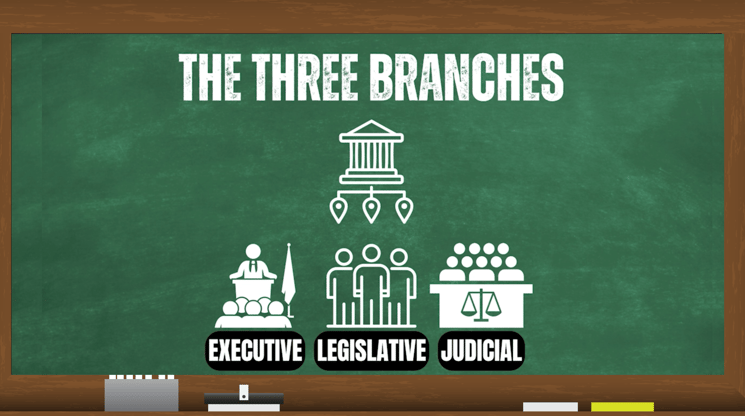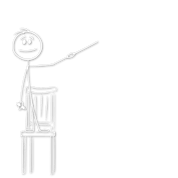How Does the U.S. Government Actually Work?
Curious about how the U.S. government actually works? This post breaks down the three branches—Executive, Legislative and Judicial—explaining their roles, powers, and how they keep each other in check.
3/12/20252 min read


How Does the U.S. Government Actually Work?
Ever wondered who’s actually in charge of running the country? Is it the President? Congress? The Supreme Court? The answer isn’t as straightforward as you might think—but don’t worry, we’ve got you covered. Welcome to Briefing Room 101, where we break down how the U.S. government functions—no fluff, just the facts.
The Three Branches of Government
The U.S. government was designed with a system of checks and balances to ensure that no single person or group holds too much power. Instead, authority is divided into three branches: Executive, Legislative and Judicial. Each has a distinct role, but they also work together to keep each other in check. Here’s how it all fits together.
The Executive Branch – More Than Just the President
The Executive Branch is led by the President, but it includes much more than just one person. The Vice President, Cabinet members, and federal agencies like the FBI, NASA and the EPA all fall under this branch. Their primary role is to enforce laws. That means signing bills into law, overseeing government agencies and even commanding the military. However, the President cannot make laws—that’s the job of Congress.
The Legislative Branch – Congress Makes the Laws
Congress, also known as the Legislative Branch, is responsible for writing and passing laws. It consists of two chambers:
The House of Representatives – Representation is based on population, meaning larger states have more representatives.
The Senate – Every state, regardless of size, has two senators.
For a bill to become law, it must be approved by both chambers. Then, it goes to the President, who can either sign it into law or veto it. If vetoed, Congress can override the veto with enough votes.
The Judicial Branch – Interpreting the Laws
The Judicial Branch, led by the Supreme Court, is responsible for interpreting laws and ensuring they align with the Constitution. The Supreme Court is the highest court in the U.S., and its decisions set legal precedents for the entire country. If a law is deemed unconstitutional, the Court has the power to strike it down.
How the Branches Keep Each Other in Check
This system of checks and balances ensures that no single branch gains too much power. Here’s an example:
Congress passes a law.
The President can veto it.
Congress can override the veto with enough votes.
The Supreme Court can strike down the law if it’s unconstitutional.
This process can slow things down, but it’s designed to prevent abuse of power.
Why This Matters
Understanding how the U.S. government works helps you see who makes the decisions, how policies are created, and why things sometimes move slowly. This is just the foundation—there’s a lot more to cover.
Stay Informed
Got a question about how the government works? Leave a comment! If you found this helpful, subscribe to Briefing Room 101 for more breakdowns on U.S. government, policies, and current events. Because when it comes to democracy, knowledge is power.
